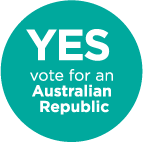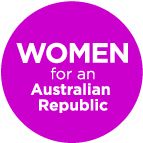The vote in the Scottish independence referendum went down 45:55 as expected. But there was much of interest to come out of it: Alex Salmond, Scottish First Minister and leader of the independence campaign for many years, managed to get the vote up from 30-35 percent, where it had languished for decades, to nearly 45 percent or 9 out of 20 voters so there is a lesson in that – persistence pays and there’s nothing like a vote to galvanise opinions on an issue. Voter turnout was high at 85 percent of enrolled voters even though voting is not compulsory. For the first time, 16 and 17 year olds were able to vote and they chose 71 percent YES, the highest of any age category, an enthusiastic bloc of young, involved voters. The next test of sentiment and implementation of promises from Westminster will be at the UK general election in May 2015 with moves afoot to promote English independence and also devolve greater powers to Wales and Northern Ireland (shades of a federation). There was criticism that the campaign was too presidential focussed on a very small number of leaders and spokespeople. Of greatest interest was that the gender difference in the vote was reduced from 10 percent to three percent in the last couple of months after concerted effort – both officially and voluntarily – to increase it.



